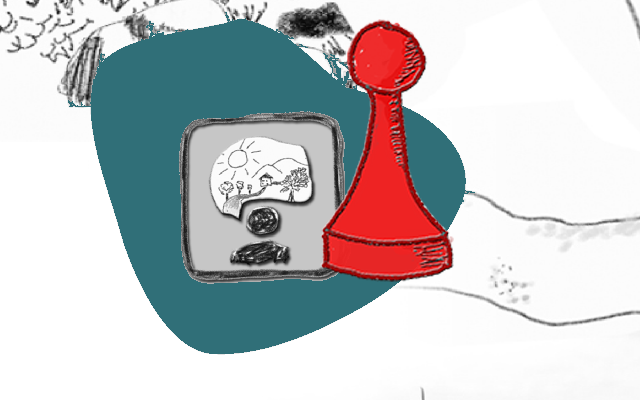Module -Storytelling
The four pillars of storytelling
| Have a look at the recommendations by the Irish storyteller Clare Murphy. Clare focusses on four crucial aspects that make your storytelling experience much more enjoyable for both you and your audience. |
 |
Love your story:
Like everyone, your learners enjoy hearing stories that have humour, surprise, suspense, interesting characters and good dialogues. But also have in mind what you want to reach, the purpose of your storytelling. This can be related to the content or moral of the story, the key competence you want to work on. For more details, look again at the chapter on story selection ▾.
Believe your story:
Tell a story that you like, that you believe and are able to tell with confidence. Stories that you think have that 'certain something', are the ones that you will most easily be able to bring alive.
Know your story:
You don´t need to know a story by heart, have a look again at the part on story structure and story skeletons ▾. that will help you remembering the story. Try to memorise the opening and the closing of a story. Repeated dialogue is also important to learn by heart. Further information is given at the next pages.
Make it your own – find your voice
Everyone presents a story differently, by practicing you'll find your own way.
When you feel reasonably comfortable with the story, try telling it out loud without looking at your notes or the book.
Find the parts which cause you problems. Listen to how your characters speak, pay attention to parts you emphasise, and so on.
 |
It is helpful to record your story. This is a good way of hearing the parts which are too soft, too loud, mumbled and so on. If you learn by listening, then replay the tape (when you are happy with it) at every opportunity. Further information follows on the next pages. |
 |
 |
 |






























